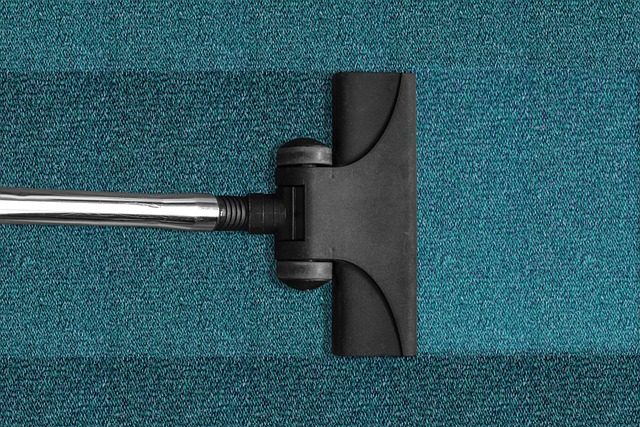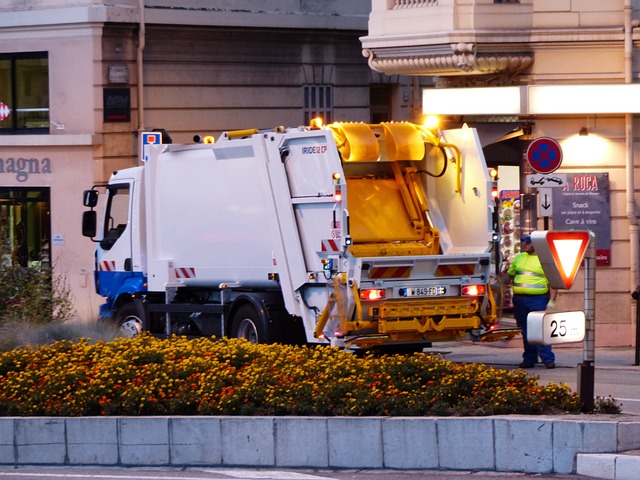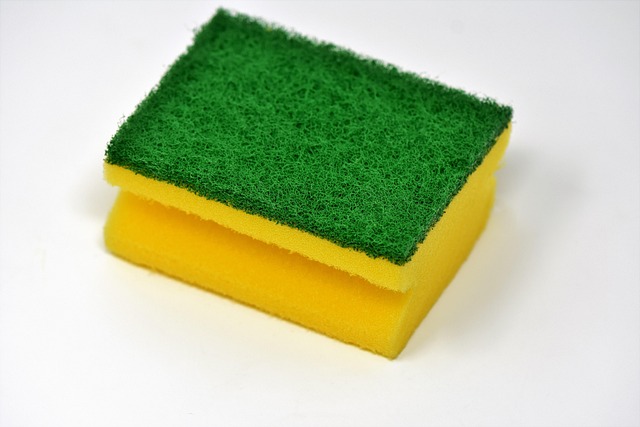Deep grout cleaning is a vital home maintenance task for tiled spaces, addressing dirt, mold, bacteria buildup, and preventing health risks. It involves using specific tools like brushes, vacuums, and gentle cleaning solutions to scrub deeply into grout lines, removing embedded debris and stains. Regular deep cleaning saves costs, enhances aesthetics, and maintains tile and grout installations' longevity. Essential steps include protecting areas with drop cloths, wetting grout lines, applying cleaning solutions, scrubbing, vacuuming, and rinsing. Challenges in tight spaces are overcome with specialized tools and optimized cleaning solutions. Routine deep cleaning alongside regular vacuuming, sweeping, and mild detergent wiping keeps tiles pristine, extending grout life.
Tired of seeing your tiled spaces look dull and faded? It’s time to uncover their true brilliance with a deep grout cleaning. This comprehensive guide will transform you from an amateur to a tile care expert. From understanding the intricacies of grout and tile surfaces to mastering the art of deep cleaning, we’ll equip you with all the knowledge needed. Learn why this task is vital for maintaining your space’s longevity and discover effective tools, techniques, and maintenance tips. Embrace the revitalized look of your tiles and unlock the benefits of regular deep grout cleaning.
Understanding Grout and Tile Surfaces: The Basics

Grout and tile surfaces are integral parts of many homes, adding aesthetic value and functionality to spaces like kitchens, bathrooms, and floors. However, over time, these areas can become contaminated with dirt, grime, mold, and bacteria, especially in high-traffic zones. This is where deep grout cleaning becomes essential.
Deep grout cleaning goes beyond the surface level. It involves penetrating the grout lines and tile pores to remove deeply embedded debris, stains, and microorganisms. Unlike regular cleaning, which often addresses just the visible dirt, deep grout cleaning targets the hard-to-reach areas that contribute to an unkempt appearance and potential health risks. By understanding these surfaces’ unique characteristics, homeowners can better appreciate the need for periodic deep grout cleaning to maintain their tile and grout installations.
Why Deep Cleaning is Essential for Longevity

Deep grout cleaning is an often-overlooked aspect of home maintenance, but it’s a crucial step for ensuring the longevity and aesthetic appeal of your tiled spaces. Grout, the material that fills the gaps between tiles, can become a breeding ground for bacteria, mold, and dirt over time, leading to unsanitary conditions and discolouration. Regular cleaning helps remove these buildup and grime, but deep grout cleaning goes a step further to eliminate embedded debris, oils, and stains that surface cleaners might miss.
By investing in regular deep grout cleaning, you protect your tiles from damage caused by dirt and moisture penetration, which can weaken the tile-grout bond over time. It also prevents the need for frequent re-grouting, saving you money and time in the long run. A clean grout line enhances the overall look of your tiled surfaces, making them appear fresh and inviting once again.
Tools and Materials for the Job: What You'll Need

When tackling a deep grout cleaning project, having the right tools and materials is essential for achieving excellent results. Start with a high-quality grout brush designed for tough stains; its stiff bristles will effectively loosen dirt and grime. A heavy-duty vacuum cleaner with an attachable hose is also necessary to suck up excess debris and moisture after scrubbing.
Don’t forget protective gear, such as gloves and goggles, to shield yourself from chemicals and debris. For cleaning solutions, opt for a grout cleaner or a mixture of baking soda and vinegar, both known for their effective yet gentle properties. Additionally, a plastic scraper and a wet/dry vacuum will come in handy for removing stubborn residue.
Step-by-Step Guide to Effective Deep Grouting

Deep grout cleaning is a comprehensive process that involves several steps for optimal results. Start by gathering your supplies, including a high-pressure cleaner, grout brush, vacuum attachment, and a solution of warm water and mild detergent. Protect nearby surfaces with drop cloths to prevent damage from overspray. Next, thoroughly wet the grout lines and tiles using a garden hose or sprayer. This initial step helps loosen dirt and grime, making it easier to remove.
Apply your cleaning solution along the grout lines, ensuring complete coverage. Utilize the grout brush to scrub deeply into the crevices, breaking up any built-up residue. Use the vacuum attachment to thoroughly dry the area, sucking up excess water and cleaning solution. Once dry, rinse the tiles with a damp mop to eliminate any remaining detergent residue. This meticulous process ensures that your grout lines are sparkling clean and free from stubborn stains, enhancing the overall aesthetic of your tiled surfaces.
Overcoming Common Challenges During the Process

Deep grout cleaning can be a challenging task, especially in areas with tight corners or hard-to-reach nooks. One common hurdle is dislodging stubborn dirt and grime that has built up over time, often requiring more than just a surface scrub. Another challenge lies in ensuring even coverage when applying cleaning solutions to avoid missing spots and leaving some grout areas cleaner than others.
Using the right tools can make a significant difference. A soft-bristled brush or a grout sponge helps to navigate around curves and crevices without causing damage. Additionally, mixing cleaning solutions with warm water as recommended by the manufacturer ensures optimal performance while preventing excessive foam that could obscure your view and hinder efficiency.
Maintenance Tips for Future Protection

Regular deep grout cleaning is essential for maintaining the aesthetics and longevity of your tiled surfaces. To protect your investment, incorporate a few simple maintenance tips into your routine. First, regularly vacuum or sweep floors to remove loose dirt and debris that can settle into the grout lines. This prevents buildup and makes future cleaning efforts more effective.
Additionally, use a soft-bristled brush or sponge when wiping down tiles and grout. Avoid harsh chemicals or abrasive cleaners which can damage tile surfaces or weaken grout bonds. Instead, opt for a mixture of warm water and mild detergent, specifically designed for deep grout cleaning. This approach ensures your tiles stay sparkling and protected while extending the life of your grout.
Benefits of Regular Deep Cleaning: A Fresh Look at Your Space

Regular deep cleaning of grout and tiles is essential for maintaining a fresh and inviting space. It goes beyond the surface level, addressing the buildup of dirt, stains, and bacteria that can accumulate in hard-to-reach areas. This process not only revitalises the appearance of your tiles but also contributes to better hygiene, making it particularly important in high-traffic areas like kitchens and bathrooms.
By incorporating deep grout cleaning into your routine maintenance, you’ll notice a significant difference in the overall aesthetic appeal and functionality of your rooms. It helps to restore the gleam of newly installed tiles, giving your space a refreshed and modern look. Moreover, regular cleaning can prevent costly repairs down the line, as it identifies and addresses minor issues before they become major problems.
